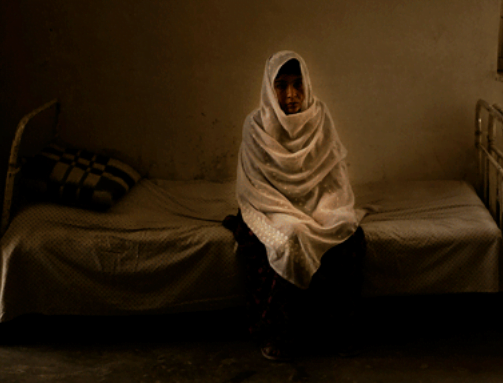It’s World Tuberculosis Day today.
First some cold hard facts about the disease from the World Health Organization:
— 8.6 million people fell ill in 2012 and 1.3 million people died from TB. This makes it the second biggest killer from an infectious disease after AIDS. TB is everywhere–even in the United States. But it disproportionally affects people in the developing world, which carries over 95% of the global burden.
–The global fight against TB is an ongoing success story. The Millennium Development Goal of reversing the spread of TB is on track to be achieved by 2015. In all, death rates have declined by 44% since 1990.
–Progress against TB is largely due to the WHO and Stop TB Partnership, which have helped establish and implement guidelines for diagnosing and treating TB. By following these guidelines, China was able to reduce its TB prevalence by more than half since the 1990s.
The theme this year is to “Reach the 3 Million.” This is reference to the three million people around the world who suffer from TB every year, but are missed by health systems for a variety of reasons. Treating TB is relatively inexpensive and relatively easy from a medial standpoint–it usually requires taking medicines daily for a few months. The medicine is not that expensive, but reaching vulnerable populations with the WHO treatment guidelines can be difficult.
“Reaching the 3 million” requires scaling up existing efforts and programs, as well as finding new technologies to diagnose and treat TB. This is expensive, but well worth the investment. If first line TB is not treated, or treated improperly, resistant forms of TB can develop. Those are much more expensive to treat–and far deadlier. Supporting health systems infrastructure that can stop first line TB is among the most cost effective and useful global health interventions in the world today.
Image Credit: Richard Venturi/WHO
